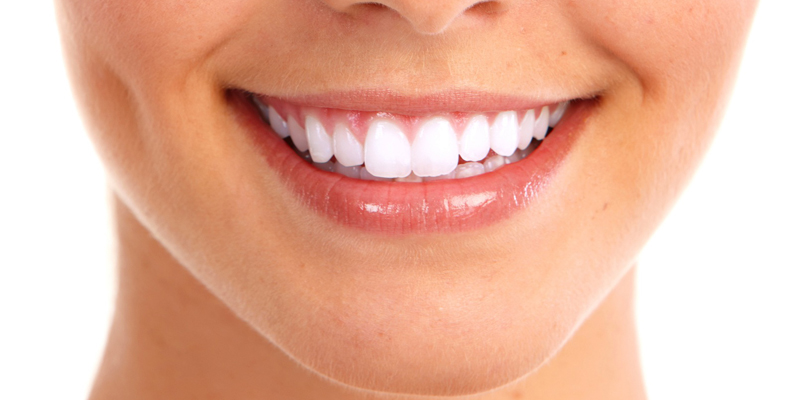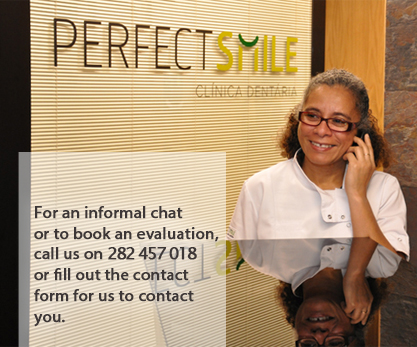 Cosmetic Dentistry
Cosmetic Dentistry
We live in a beauty - conscious society. Like it or not; a pleasing appearance often means the difference between success and failure in both personal and professional lives.
Regardless of where you come from or what language you speak, your smile is an important form of communication. It instantly portrays your personality, self image and how you feel about the people you're with. Your smile is very significant in how others respond to you. A healthy attractive smile impacts your health; your self-esteem and you're relationships.
In the past we had few options to improve your smile but today we have a wide range of cosmetic dental techniques and materials to improve or completely rehabilitate your smile.
Cosmetic dentistry is an exciting part of the services we offer our patients. It can dramatically enhance their confidence, their appearance and their physical and social image…. And a beautiful smile is more affordable and attainable than ever before.
Cosmetic Dentistry is for everyone! You don't have to be born with a beautiful smile to have one.
DENTAL BONDING.
Bonding is a process in which an enamel-like material is applied to a tooth`s surface, sculpted to an ideal shape, hardened, and then polished for an ideal smile. This procedure usually can be accomplished in a single visit. Bonding is often performed in order to fill in gaps or change the color of your teeth. It typically only entails one office visit, and the results last for several years. Bonding is more susceptible to staining or chipping than other forms of restoration such as veneers. When teeth are chipped or slightly decayed, bonded composite resins may be the material of choice. Bonding also is used as a tooth-colored filling for small cavities and broken or chipped surfaces. In addition, bonding can be used to close spaces between teeth or cover the entire outside surface of a tooth to change its color and shape. Crowns, also known as caps, are used in cases where other procedures will not be effective. Crowns have the longest life expectancy of all cosmetic restorations, but are the most time consuming.
VENEERS.
TOOTH-COLORED FILLINGS.
White fillings are either composite resin (not to be confused with true porcelain) containing a mixture of acrylic plastics, quartz fillers and colorants or true porcelain. True porcelain filling are called inlays (if they fit inside the cavity less than one third the width of the tooth) or onlays (if they replace or support the cusps tips).
CERAMIC RESTORATIONS.
Another type is known as porcelain-fused-to-metal, which is used to provide strength to a crown or bridge. These restorations are very strong, durable and resistant to wear, because the combination of porcelain and metal creates a stronger restoration than porcelain used alone.
One of the advantages of computerized dentistry (CAD/CAM technologies) is that it enabled the application of zirconium-oxide (ZrO2). The introduction of this material in restorative and prosthetic dentistry is most likely the decisive step toward the use of full ceramics without limitation. With the exception of zirconium-oxide, existing ceramics systems lack reliable potential for the various indications for bridges without size limitations. Zirconium-oxide with its high strength and comparatively higher fracture toughness seems to buck this trend. With a three-point bending strength exceeding 900 megapascals, zirconium-oxide can be used in virtually every full ceramic prosthetic solution, including bridges, implant supra structures and root dowel pins.
Previous attempts to extend its application to dentistry were thwarted by the fact that this material could not be processed using traditional methods used in dentistry. The arrival of computerized dentistry enables the economically prudent use of zirconium-oxide in such elements as base structures such as copings and bridges and implant supra structures. Special requirements apply to dental materials implanted for longer than a period of thirty days. Several technical requirements include high strength, corrosion resistance and defect-free producibility at a reasonable price.











